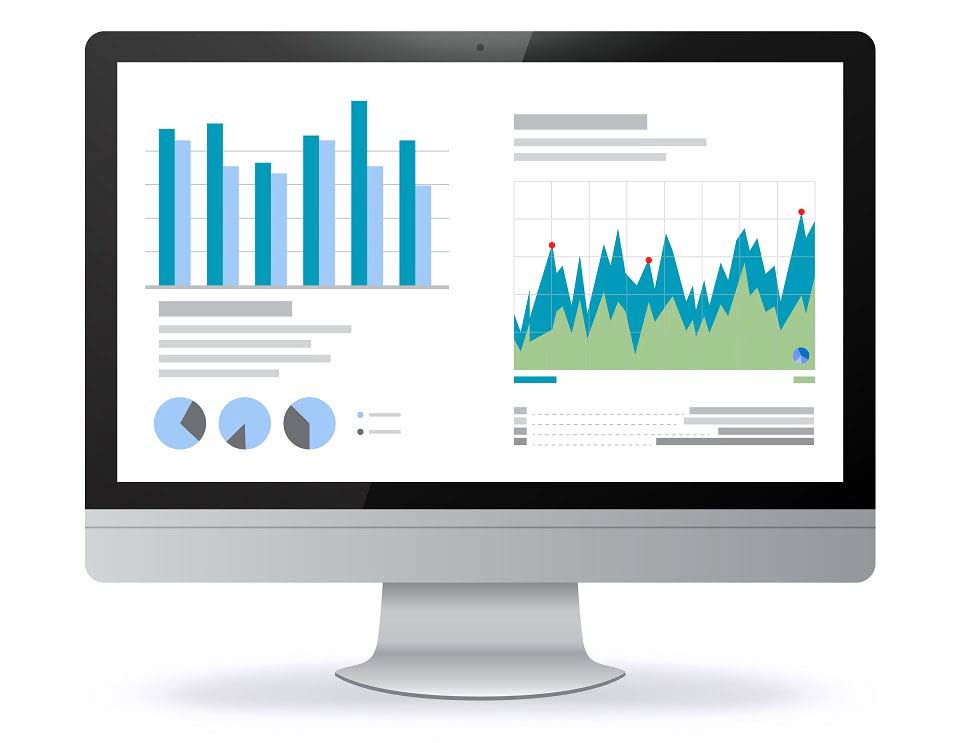
The accounting equation helps to assess whether the business transactions carried out by the company are being accurately reflected in its books and accounts. In this form, it is easier to highlight the relationship between shareholder’s equity and debt (liabilities). As you can see, shareholder’s equity is the remainder after liabilities have been subtracted from assets. This is because creditors – parties that lend money such as banks – have the first claim to a company’s assets. Assets represent the valuable resources controlled by a company, while liabilities represent its obligations. Both liabilities and shareholders’ equity represent how the assets of a company are financed.

What is your current financial priority?
Metro issued a check to Rent Commerce, Inc. for $1,800 to pay for office rent in advance for the months of February and March. For the past 52 years, Harold Averkamp (CPA, MBA) hasworked as an accounting supervisor, manager, consultant, university instructor, and innovator in teaching accounting online. Receive instant access to our entire collection of premium materials, including our 1,800+ test questions. If you have difficulty answering the following questions, learn more about this topic byreading our Accounting Equation (Explanation).
- Metro Courier, Inc., was organized as a corporation on January 1, the company issued shares (10,000 shares at $3 each) of common stock for $30,000 cash to Ron Chaney, his wife, and their son.
- Like any brand new business, it has no assets, liabilities, or equity at the start, which means that its accounting equation will have zero on both sides.
- Although the balance sheet always balances out, the accounting equation can’t tell investors how well a company is performing.
- The remainder is the shareholders’ equity, which would be returned to them.
- Because there are two or more accounts affected by every transaction carried out by a company, the accounting system is referred to as double-entry accounting.
- This equation sets the foundation of double-entry accounting, also known as double-entry bookkeeping, and highlights the structure of the balance sheet.
Total debits always equal to total credits -Total Debits = Total Credits
- Receive instant access to our entire collection of premium materials, including our 1,800+ test questions.
- We follow strict ethical journalism practices, which includes presenting unbiased information and citing reliable, attributed resources.
- To calculate the accounting equation, we first need to work out the amounts of each asset, liability, and equity in Laura’s business.
- It is important to keep the accounting equation in mind when performing journal entries.
- Put another way, it is the amount that would remain if the company liquidated all of its assets and paid off all of its debts.
- Finance Strategists has an advertising relationship with some of the companies included on this website.
Like any mathematical equation, the accounting equation can be rearranged and expressed in terms of liabilities or owner’s equity instead of assets. Although the balance sheet always balances out, the accounting equation can’t tell investors how well a company is performing. If a business buys raw materials and pays in cash, it will result in an increase in the company’s inventory (an asset) while reducing cash capital (another asset). Because there are two or more accounts affected by every transaction carried out by a company, the accounting system is referred to as double-entry accounting. Before explaining what this means and why the accounting equation should always balance, let’s review the meaning of the terms assets, liabilities, and owners’ equity. Essentially, the representation equates all uses of capital (assets) to all sources of capital, where debt capital leads to liabilities and equity capital leads to shareholders’ equity.

Shareholders’ Equity
This information can help you understand your business’s financial position and make informed decisions about growing your business. If you find it difficult to answer any of these questions, read our article on the accounting equation to learn more. Test your knowledge of the accounting equation by answering the 10 short questions given below. It can be defined as the total number of dollars that a company would have left if it liquidated all of its assets and paid off all of its liabilities.
Get Your Questions Answered and Book a Free Call if Necessary
Liabilities are settled over time through the transfer of economic benefits including money, goods, or services. The global adherence to the double-entry accounting system makes the account-keeping question content area the accounting equation may be expressed as and -tallying processes more standardized and foolproof. Accounts receivable list the amounts of money owed to the company by its customers for the sale of its products.
Alternatively, an increase in an asset account can be matched by an equal decrease in another asset account. It is important to keep the accounting equation in mind when performing journal entries. For a company keeping accurate accounts, every business transaction will be represented in at least two of its accounts.

The shareholders’ equity number is a company’s total assets minus its total liabilities. This straightforward relationship between assets, liabilities, and equity is considered to be the foundation of the double-entry accounting system. That is, each entry made on the debit side has a corresponding entry (or coverage) on the credit side. For example, an increase in an asset account can be matched by an equal increase to a related liability or shareholder’s equity account such that the accounting equation stays in balance.

Create a Free Account and Ask Any Financial Question
If it’s financed through debt, it’ll show as a liability, but if it’s financed through issuing equity shares to investors, it’ll show in shareholders’ equity. To begin with, it doesn’t provide an analysis of how the business is operating.Furthermore, it doesn’t totally keep accounting mistakes from being made. In any event, when the balance sheet report adjusts itself, there is still a chance of a mistake that doesn’t include the accounting equation.
- Mr Ram, a sole proprietor has the following transactions in his books of accounts for the year 2019.
- Essentially, the representation equates all uses of capital (assets) to all sources of capital, where debt capital leads to liabilities and equity capital leads to shareholders’ equity.
- If you want to request a wider IP range, first request access for your current IP, and then use the “Site Feedback” button found in the lower left-hand side to make the request.
- Accountingo.org aims to provide the best accounting and finance education for students, professionals, teachers, and business owners.
- 11 Financial may only transact business in those states in which it is registered, or qualifies for an exemption or exclusion from registration requirements.
- As expected, the sum of liabilities and equity is equal to $9350, matching the total value of assets.
